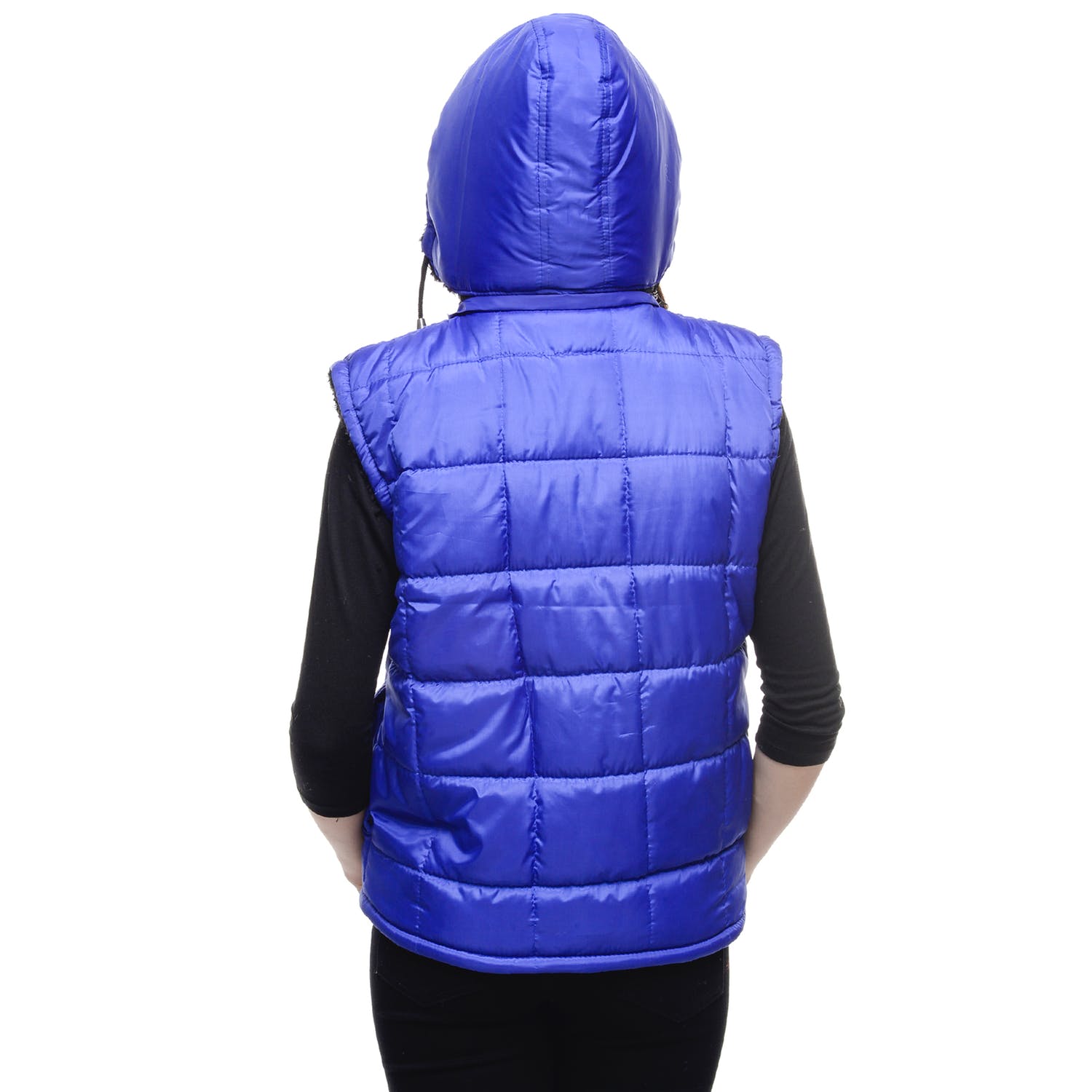How to Choose the Perfect Thermal Running Jacket
1. Right Amount of Warmth
In looking at this feature, you have to assess how low the temperature is and how cold you usually feel. It can also be influenced by the time of the day you are planning to go for a run and the venue.
If you plan to do it early in the morning or late evening, you will need to start wearing thermals sooner that during midday. There are two types of insulation and here are their pros and cons:
This type is a man-made material created with poly fibres that’s a natural choice among people who don’t want to wear animal skin apparel. Synthetic attempts to replicate the heating effects of the second type without the bulk and with higher breathability and lower cost.
The major pros are it performs well when wet and requires less care in cleaning and storage. However, compared to the other type, synthetic has poor weight to warmth ratio.
These running jackets are made up of a layer of down and feather to warm you up. Down is a fine layer of fluffy feathers underneath the normal feathers on waterfowl, usually from geese or ducks.
Since normal feathers are unable to retain loft on their own, a certain amount of down balances the percentage of feathers in garments referred to as ‘down insulator.’
In terms of the benefits, this type is extremely warm for its weight and can be highly compressed. However, it performs badly when exposed to dampness and wetness and requires optimum care in cleaning and storing for better performance.
This insulation type is a growing technology among thermal jackets. It is made up of a combination of more than one insulating technology, such as the synthetic and the down to offer the features of both types.
Hybrid insulation aims to provide the best features using technological advancements for the most warmth, packability, moisture management and mobility.
In terms of its benefits, hybrids simply have the features of both synthetic and down.




